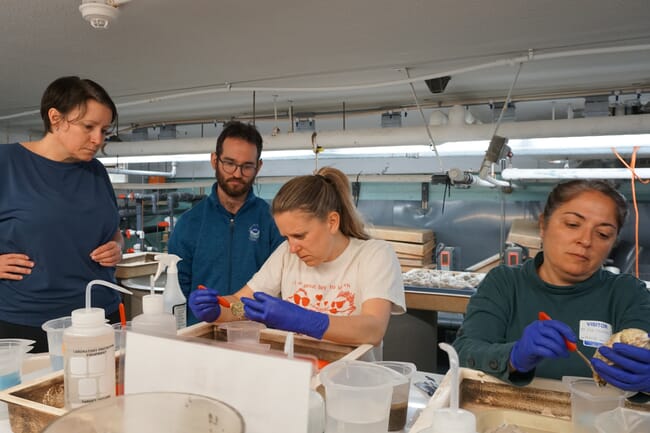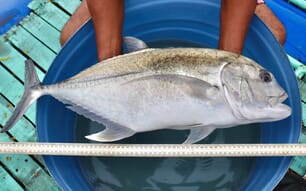
© NOAA Fisheries/Kristen Jabanoski
NOAA Fisheries and the U.S. Department of Agriculture's Agricultural Research Service have launched a new, state-of-the-art Northeast Oyster Breeding Centre. The operation was set up with the intention of producing disease-resistant oysters through selective breeding to bolster the Northeast US shellfish industry.
The Milford lab – the birthplace of modern shellfish farming, according to NOAA – has been significantly modernised to increase its breeding capacity whilst ensuring different oyster lineages remain separate. New developments in the lab include a high density flow through larval system; two photobioreactors for the growth of algae for feed; and a new quarantine system for out-of-state oysters.
Milford Laboratory director Gary Wikfors commented in a press release, “The NOAA Fisheries Milford Lab is expanding on our 90-plus year heritage as innovators at the forefront of cultivating shellfish, from developing the Milford Method to breed and grow shellfish in the 1950s to growing oysters in the first flow through ultra-high density larval system in the country. Our close collaboration with USDA Agricultural Research Service allows the breeding centre to benefit from the unique expertise of both agencies."
The USDA Agricultural Research Service’s expertise in genetics and genomics has long supported farming, and this extensive knowledge will now be applied for the breeding of enhanced, disease-resistant oysters.
Bob Rheault, executive director of the East Coast Shellfish Growers Association explains the need for resilient Eastern oysters, “Eastern oysters are grown from Canada to Brazil, they need to be able to thrive in a wide range of habitats. We are looking forward to having oysters that can survive the five different parasites and diseases that afflict oysters, that have the perfect shape for the raw bars, that grow quickly and can tolerate various climate change challenges.”




